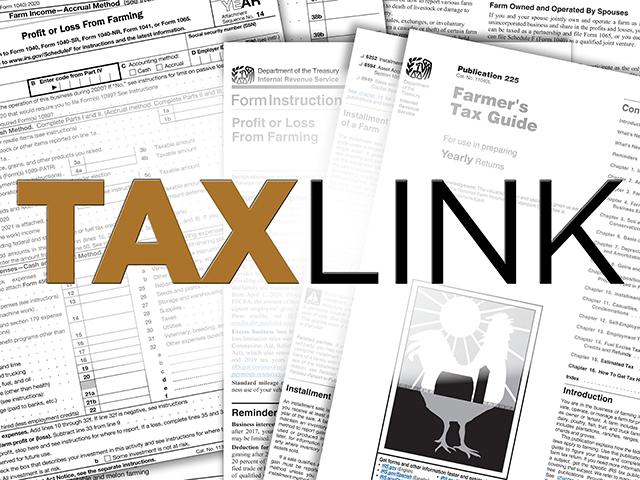Taxlink
Tax Deferral Tools Available for Weather-Related Losses
It's been another year of extreme weather. In June, La Nina transitioned to El Nino. It's the first time since 2018-2019 that we have seen this weather pattern. Typically, El Nino makes the Pacific Northwest and Midwest dry, and Southern states wet. We have already seen "heat domes" across the South and very erratic weather up North. This has many farmers wondering about the impact of these extreme weather conditions on crops and livestock. The IRS has special provisions that relate to weather-related damages in agriculture.
With drought and floods, farmers may receive crop insurance proceeds. The ability to defer those proceeds depends on the type of payment. A farmer can elect to defer crop insurance proceeds and USDA disaster program payments if they result from destruction or damage to crops caused by drought, flood or other natural disasters. It also includes insurance proceeds related to the inability to plant a crop because of such a disaster.
It's important to differentiate insurance proceeds because of crop damage/destruction and revenue-protection policies. Many farmers have combined revenue and disaster-loss insurance policies. Revenue protection payments are not eligible for deferral and must be included in income in the year paid.
P[L1] D[0x0] M[300x250] OOP[F] ADUNIT[] T[]
Some livestock producers may be forced to sell animals because of weather-related issues. The IRS allows livestock sales because of drought, flood or other weather-related conditions to postpone gain until the following year. The deferral only applies to the livestock that was disposed of in excess of the normal course of business. In addition, the farmer must be located in an area declared eligible for federal assistance.
There is also a provision in the tax code related to disposing of breeding, draft and dairy livestock because of weather-related issues. Under the involuntary conversion provisions, a farmer can delay gain for up to two years after the close of the tax year to repurchase replacement livestock. However, if the farmer does not purchase replacement livestock (or replacement cost is less than received), he or she must amend and report the gain in the year of sale.
Speaking of involuntary conversion, in the case of property (equipment, sheds, barns), the farmer can either recognize the gain or purchase similar or related in-service or use property. The farmer also has the option to elect to defer the gain to the extent the amount realized is invested in replacement property. If deferral is elected, the property must be replaced within two years from the end of the tax year in which any part of the gain on conversion is realized. The farmer may extend the replacement period by filing an extension.
There are special rules for replacement property regarding involuntary conversions. Replacement property can't be acquired from a related party. If you are an individual, the related party prohibition applies if there is a realized gain over $100,000.
Replacement property must be similar in use to the property involuntarily converted. Similar in use refers to the farmer's relationship to the property. The physical characteristics and end use of the converted property and replacement property must be closely similar.
As you can see, there are many deferral tools available if you experience loss because of weather. Talk to your tax professional so you can plan accordingly.
**
DTN Tax Columnist Rod Mauszycki, J.D., MBT, is a tax principal with CLA (CliftonLarsonAllen) in Minneapolis, Minnesota. Read Rod's "Ask the Taxman" column at https://www.dtnpf.com/…. You may email Rod at taxman@dtn.com.
(c) Copyright 2023 DTN, LLC. All rights reserved.




